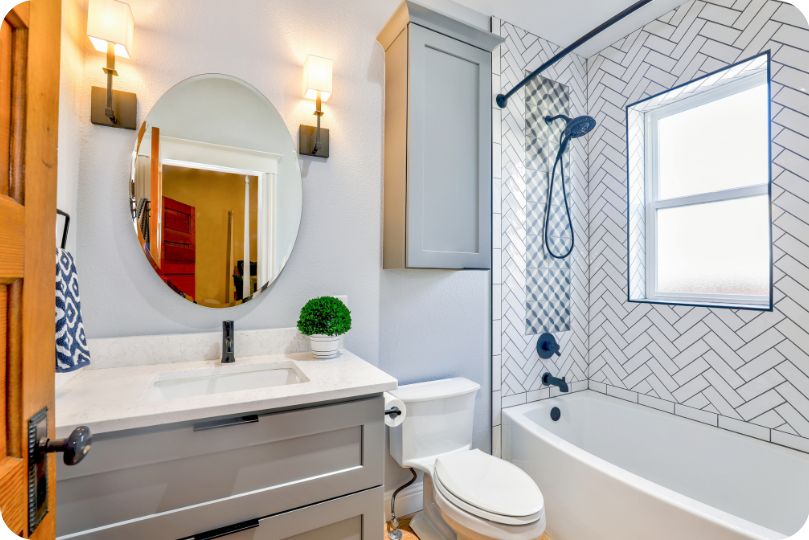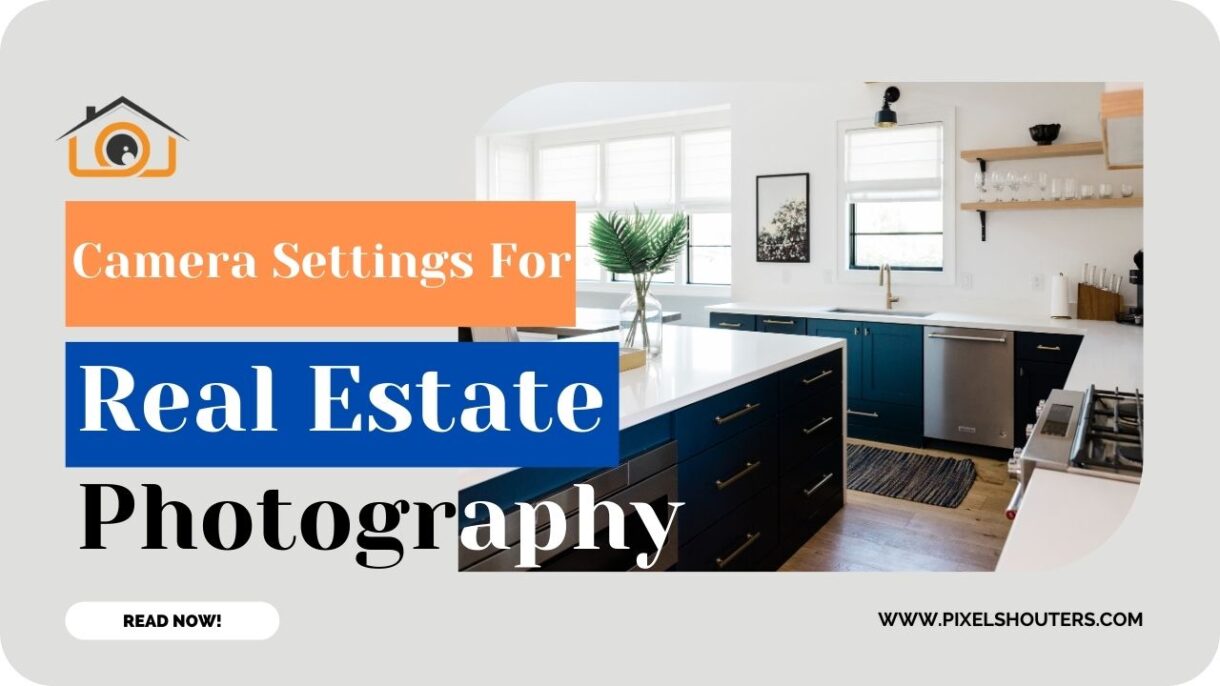Mastering Camera Settings for Real Estate Photography: Capturing Properties Like a Pro
In the sector of real estate photography, shooting the essence of property is vital to attracting capability buyers. One of the key factors that make a contribution to beautiful Real Estate Photographs is understanding and getting to know the Camera Settings for Real Estate Photography. In this blog, we are able to discover the vital Camera Settings for Real Estate Photography that assist you to capture properties like an expert photographer.
Table of Contents
Understanding the Basics of Real Estate Photography:
Before diving into Camera Settings for Real Estate Photography, it is important to understand the basics of real estate photography. The reason of real estate photography is to exhibit residences in their nice light and make them visually attractive to capacity customers. This involves taking note of lighting fixtures, composition, and perspective.
Camera Settings for Real Estate Photography:
Now allow’s explore the precise Camera Settings for Real Estate Photography that play a critical function in Real Estate Photography:

A. Aperture:
Aperture refers to the hole of the lens that controls the quantity of light getting into the digital camera. It additionally affects the depth of area, which determines how an awful lot of the photograph is in attention. In real estate photography, a smaller aperture (higher f-range) is generally desired to attain a larger intensity of the field, ensuring that each foreground and heritage are in sharp focus. However, there may be situations wherein a wider aperture may be used creatively to emphasize positive factors.
B. Shutter Speed:
The amount of time the camera’s shutter is left open, allowing light to reach the digital camera sensor, is referred to as the shutter speed. When photographing real estate, it’s essential to use the appropriate shutter pace to make sure sharp pictures. A tripod can be useful in stabilizing the digicam for longer exposures, mainly in low-light situations. Balancing herbal mild and synthetic lights is also important, and adjusting the shutter speed accordingly can assist reap top of line exposure.
C. ISO:
ISO measures the sensitivity of the digital camera’s photograph sensor to light. Higher ISO values may be used in low-mild conditions, but they may introduce noise or graininess into the picture. It’s generally advocated to use the lowest ISO placing feasible to maintain the picture first-rate. However, in tough lighting situations, the use of a mild ISO placing can assist gain a nicely uncovered image without excessive noise.
D. White Balance:
White stability determines the color temperature of the picture and ensures accurate color illustration. Different lighting situations have special shade temperatures, which includes warm tones interior and cool tones exterior. Adjusting the white balance setting on your camera can help preserve accurate shades to your real estate photos. It’s really helpful to use the suitable white stability preset or manually regulate it based at the available lighting fixtures conditions.
E. Focus and Depth of Field:
Achieving sharp recognition is crucial in real estate photography. Utilizing autofocus or manual focus modes, you can ensure that key factors of the property’s are sharp and clean. Additionally, understanding and controlling the depth of field lets in you to focus on particular regions or hold regular sharpness all through the body. Using a smaller aperture (better f-variety) increases the intensity of area, at the same time as a much broader aperture (decrease f-number) decreases it.
Additional Considerations for Camera Settings for Real Estate Photography:
In addition to the number one Camera Settings for Real Estate Photography, there are a few extra considerations that can beautify your real estate photography:
- Bracketing and Exposure Blending: Real estate interiors often have tough lighting fixtures conditions, with bright home windows and darker interiors. Bracketing, where more than one exposures are captured at distinct settings, can assist seize a wider dynamic range. Exposure blending techniques in post-processing integrate these bracketed exposures to create a balanced very last picture.
- Tripod Usage: Using a tripod is enormously advocated in Real Estate Photography. It allows stabilize the digicam, especially for longer exposures or bracketed photographs. A solid digicam setup gets rid of blurriness caused by digicam shake and permits for steady compositions.
- Leveraging HDR Techniques: High Dynamic Range (HDR) techniques involve taking pictures a couple of exposures at distinct settings and mixing them to create a very last photo with a much broader dynamic variety. HDR may be specially beneficial whilst photographing real estate exteriors with a extensive range of mild and shadow.

V. Post-Processing and Editing:
After taking pictures Real Estate Photographs, put up-processing can similarly beautify the very last consequences. While it is critical to try for an accurate illustration of the property, a chunk of enhancing can deliver out the exceptional to your pics. Here are some steps to consider during the publish-processing degree:
1. Importing and Organizing:
Transfer your images from the camera on your pc and use image enhancing software program to import and get them organized. This will assist you stay organized and without problems access your documents for enhancing.
2. Review and Select:
Take some time to study all the photographs and choose the ones that nice constitute the assets. Look for images which might be well-uncovered, sharp, and exhibit the property’s key functions. Discard any pictures which are out of attention, poorly composed, or have tremendous technical troubles.
3. Adjustments:
Begin via making simple modifications to improve the general first-class of the photograph. This may consist of correcting publicity, adjusting evaluation and brightness, and first-class-tuning the white stability. Use the enhancing software’s tools and sliders to make diffused changes till you attain a pleasing result.
4. Perspective Correction:
Real Estate Photographs regularly require correction for attitude distortion, specifically when photographing interiors. Straightening vertical lines and aligning them well could make the photograph appearance more expert and visually appealing. Most photo editing software consists of tools for perspective correction, including the remodel or lens correction equipment.
5. Color Correction:
Ensure that the colors on your photographs are accurate and attractive. Fine-track the coloration stability, saturation, and vibrancy to create a visually eye-catching representation of the assets. Be careful now not to overdo it, as overly saturated or unrealistic hues can misrepresent the property’s.
6. Cropping and Composition:
Consider cropping the photo to improve its composition and remove any distractions around the rims. The purpose is to create a well-balanced composition that attracts the viewer’s attention to the important thing factors of the property’s. Use the rule of thumb of thirds or different composition strategies to guide your cropping selections.
7. Sharpening and Noise Reduction:
Apply sprucing techniques to decorate the overall clarity and sharpness of the photo. Adjust the polishing settings cautiously, as excessive polishing can introduce artifacts. Additionally, use noise reduction tools to limit any noise or graininess within the picture, specially in snap shots captured with better ISO settings.

8. Final Touches:
Make any very last modifications and upgrades to refine the picture similarly. This may additionally include spot elimination for minor imperfections, improving precise details or textures, and including a subtle vignette or lens correction if wished. Remember to keep a herbal and practical appearance that accurately represents the assets.
9. Saving and Exporting:
When you are glad with the final photograph, store it in a brilliant layout together with JPEG or TIFF. Be sure to hold a backup of the original unedited documents for Destiny reference. Consider resizing or optimizing the photograph for net or print use, depending at the intended cause.
Conclusion:
Mastering the Camera Settings for Real Estate Photography is a precious talent that could extensively impact the first-rate of your pics. By understanding and appropriately the use of aperture, shutter speed, ISO, white balance, consciousness, and depth of discipline, you can capture houses like a seasoned. Remember to not forget additional factors which include bracketing, tripod utilization, and HDR strategies to conquer challenging lighting conditions. With practice and experimentation, you can broaden your very own fashion and continually produce lovely real estate photographs.
